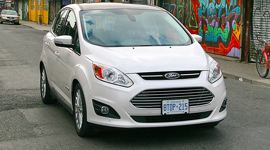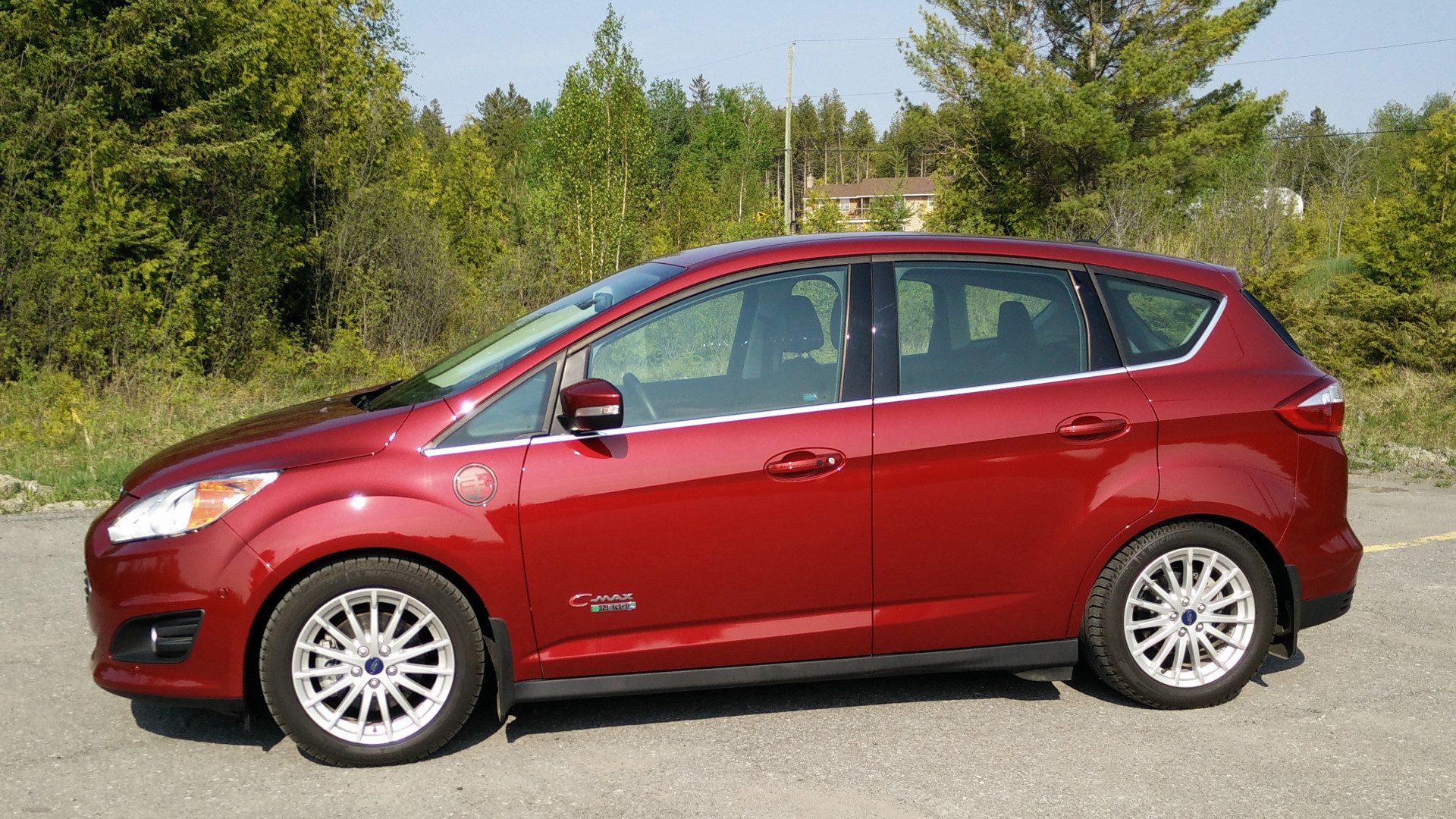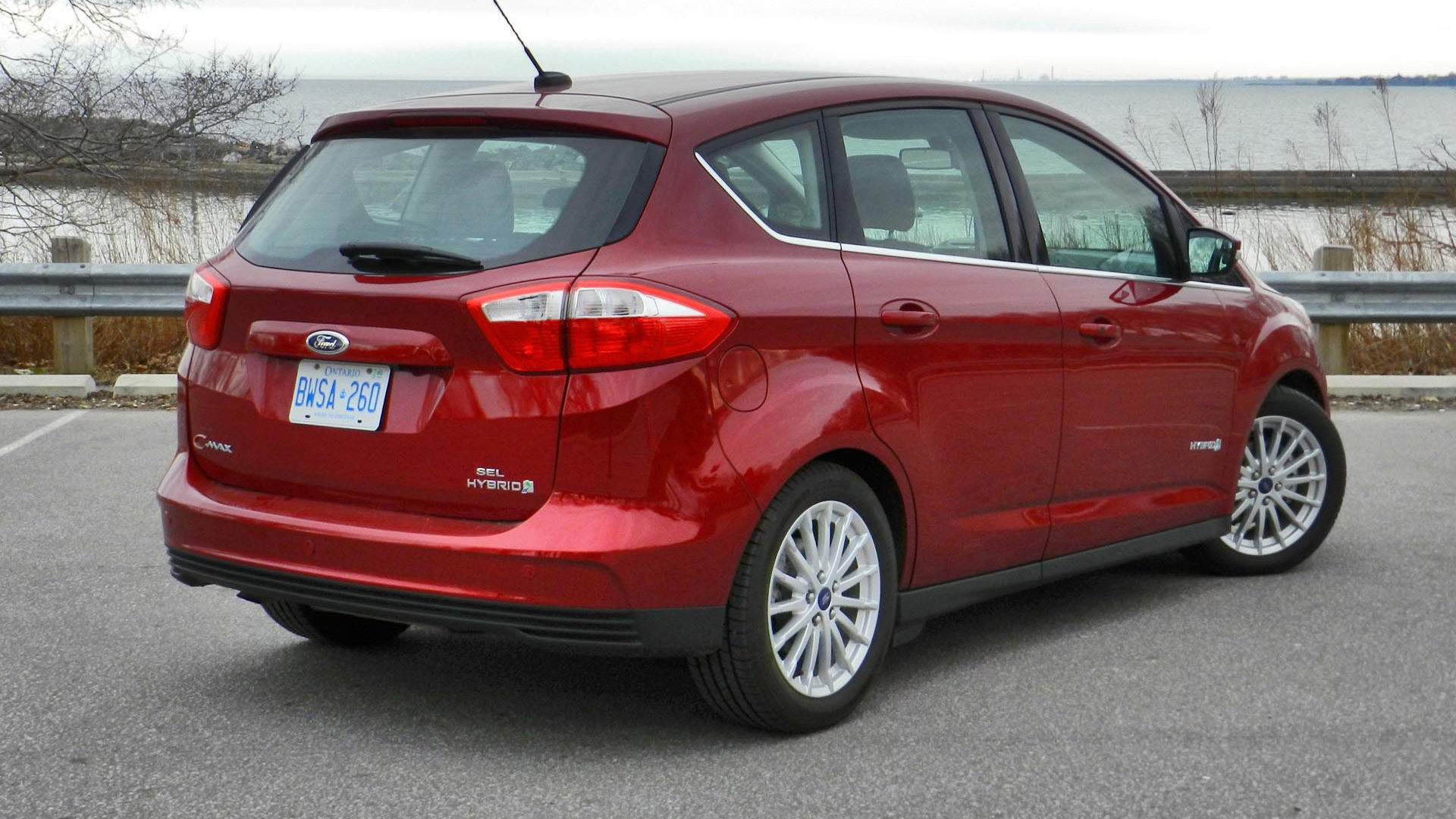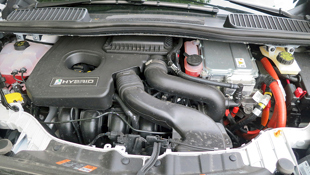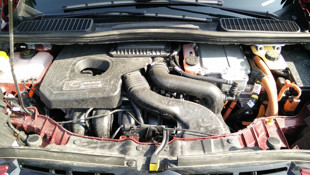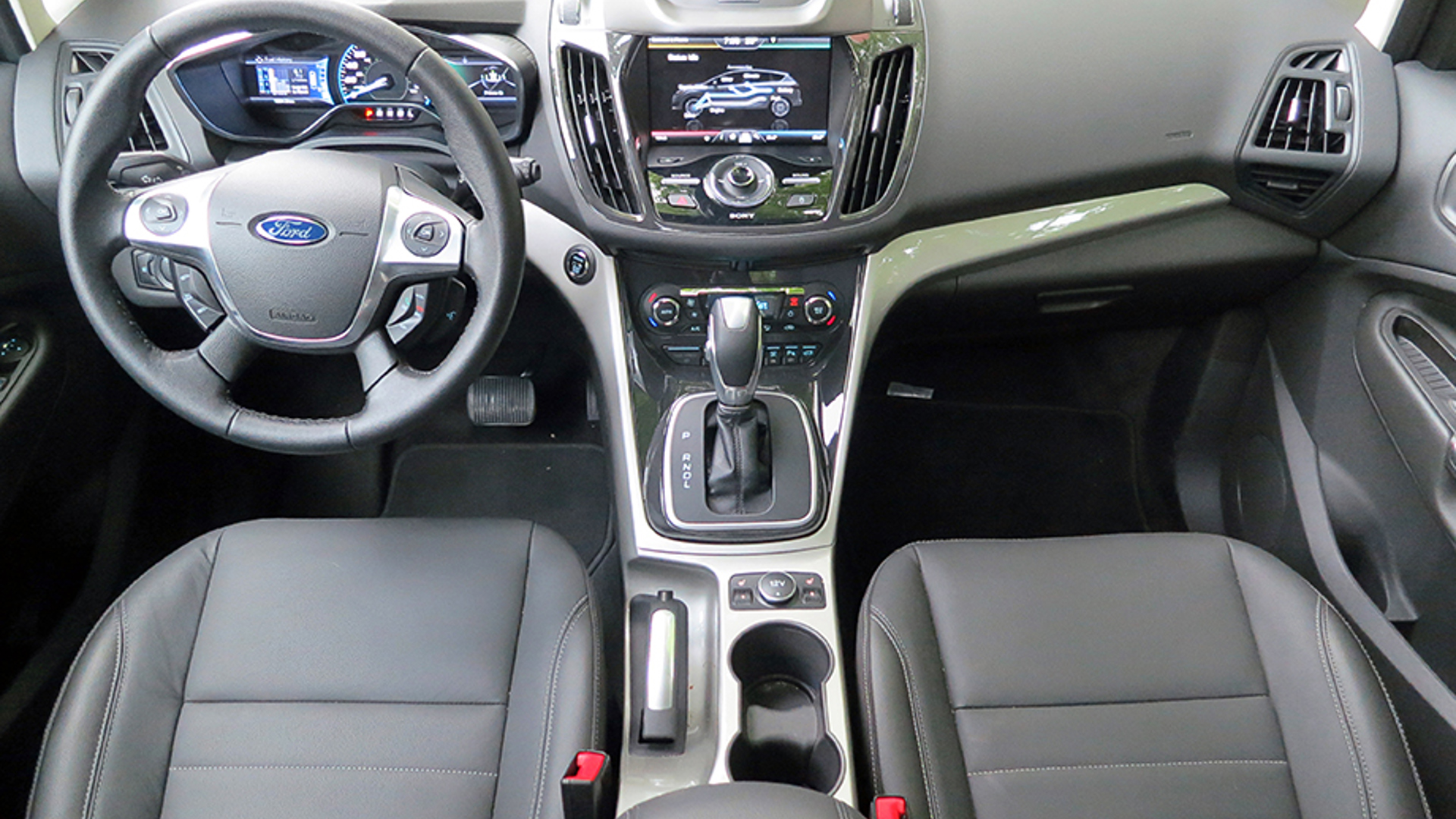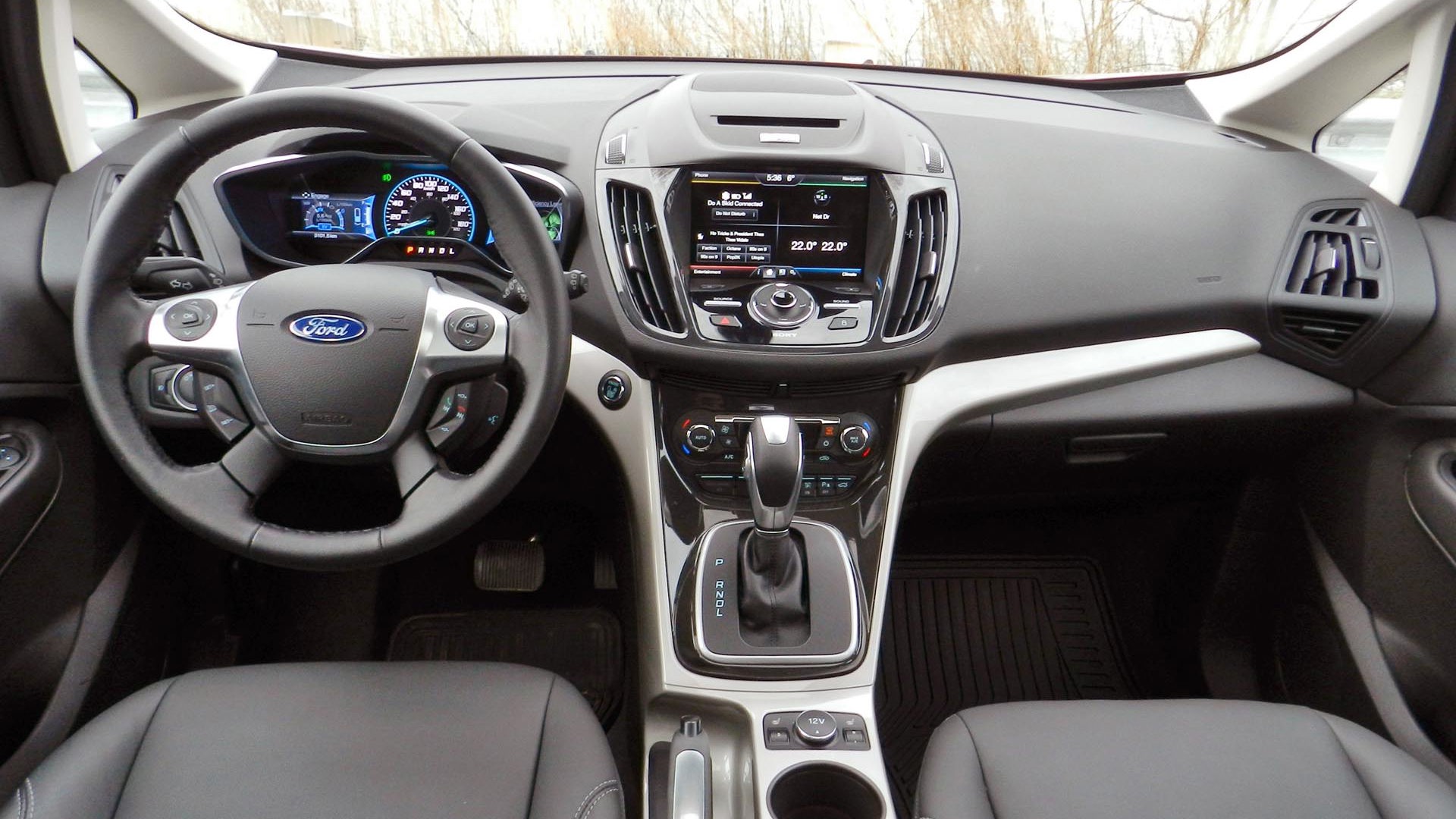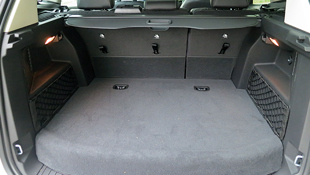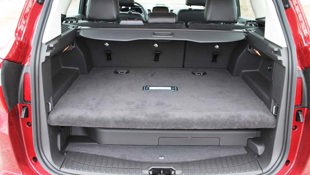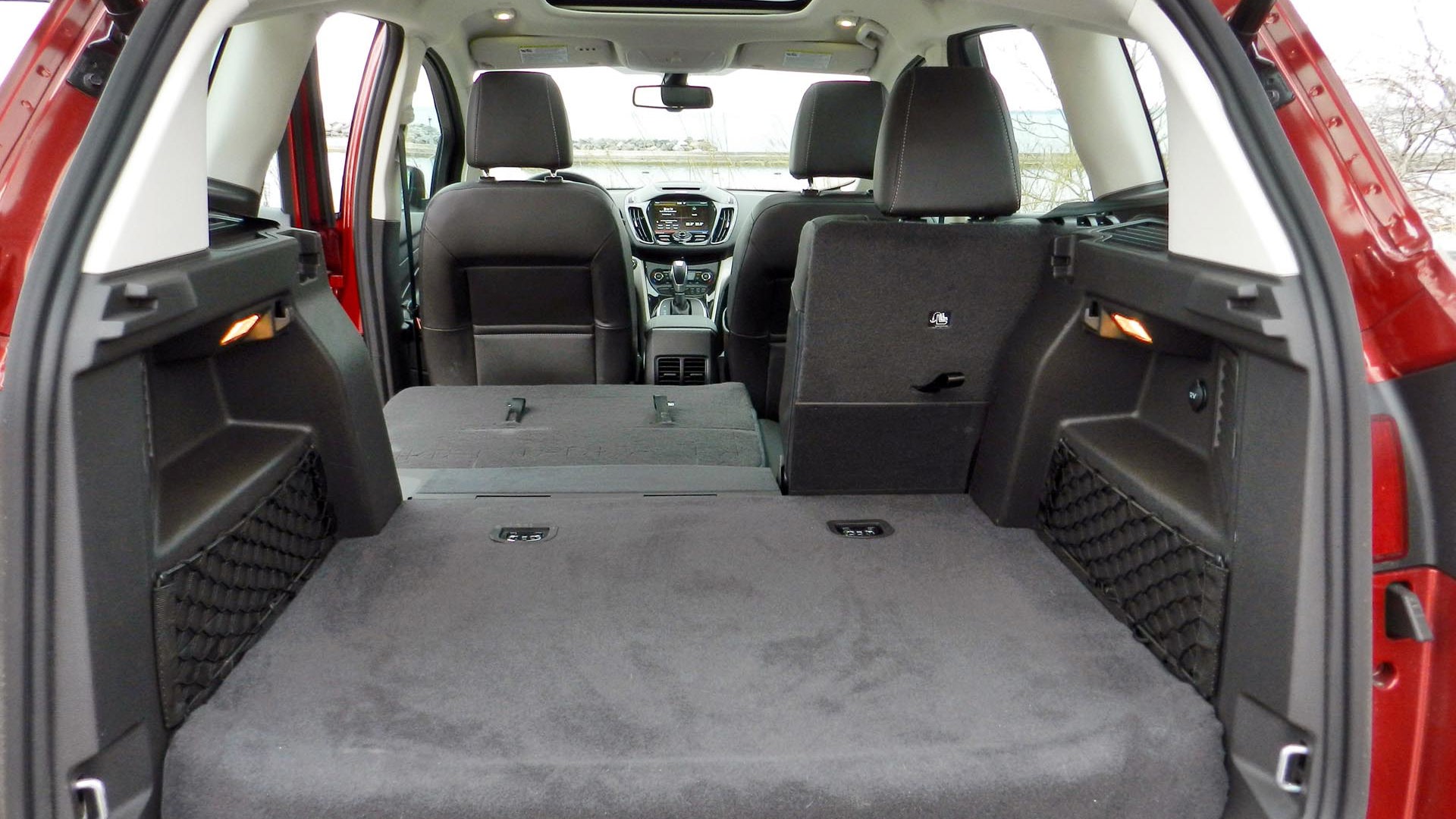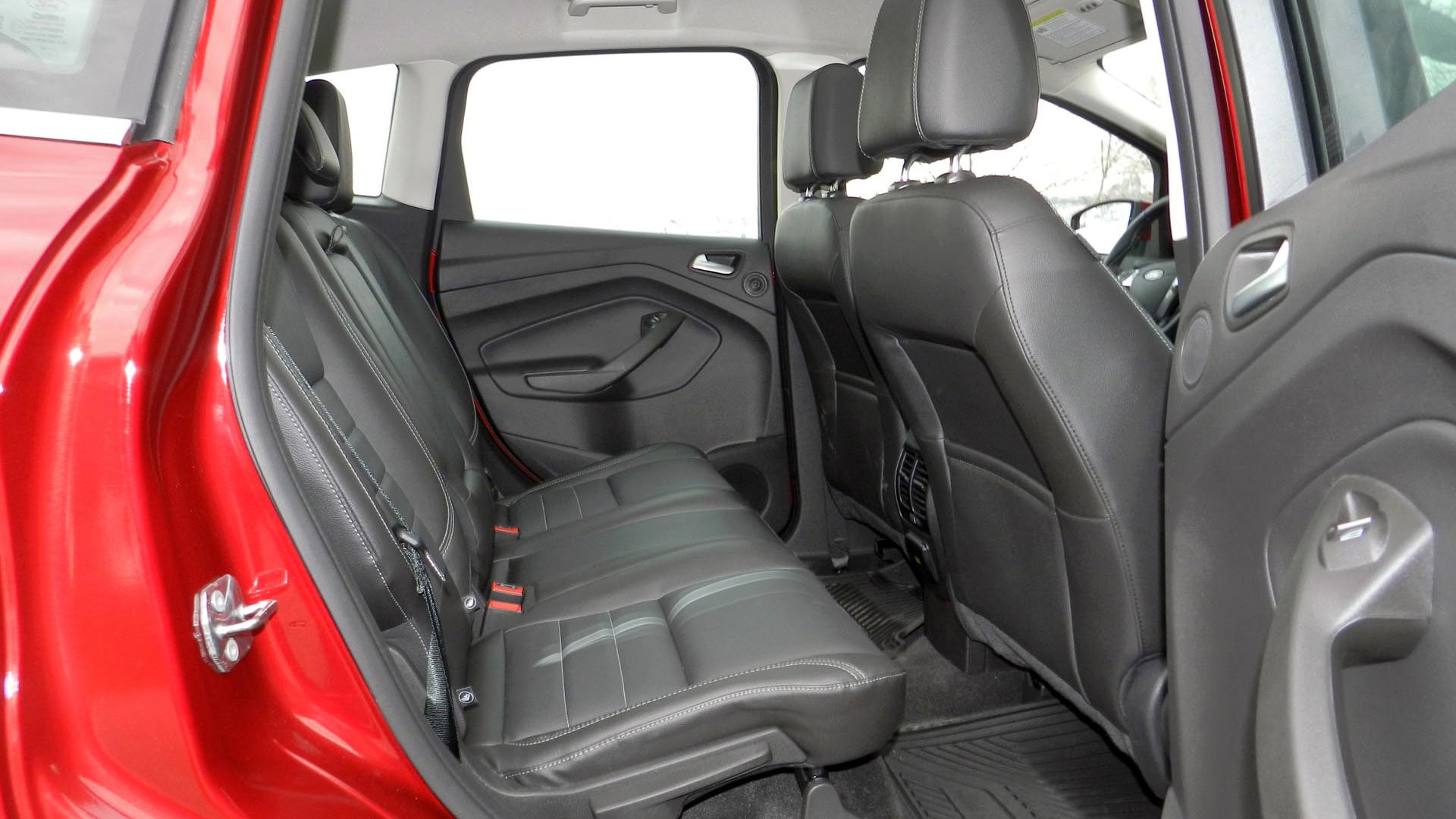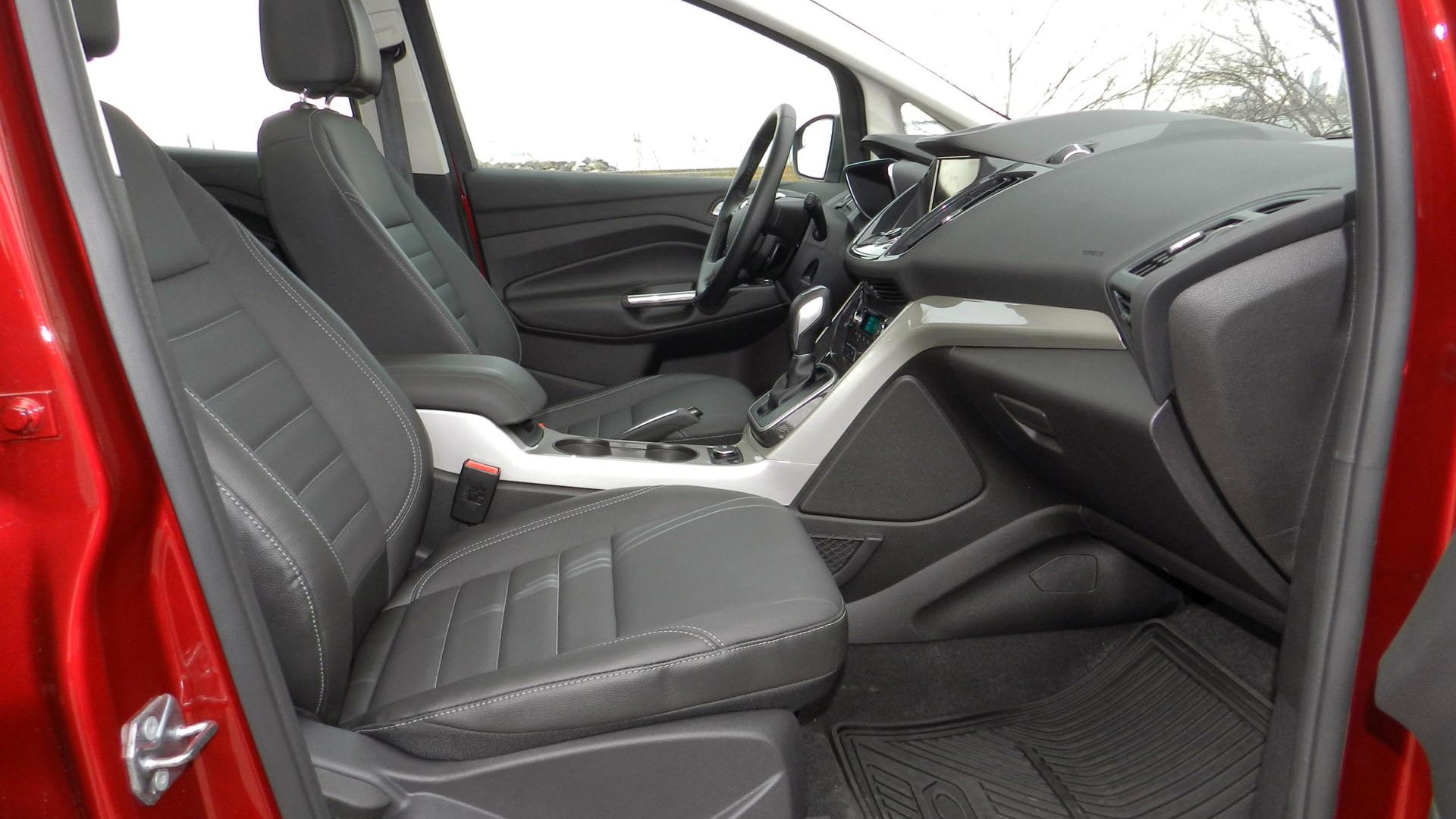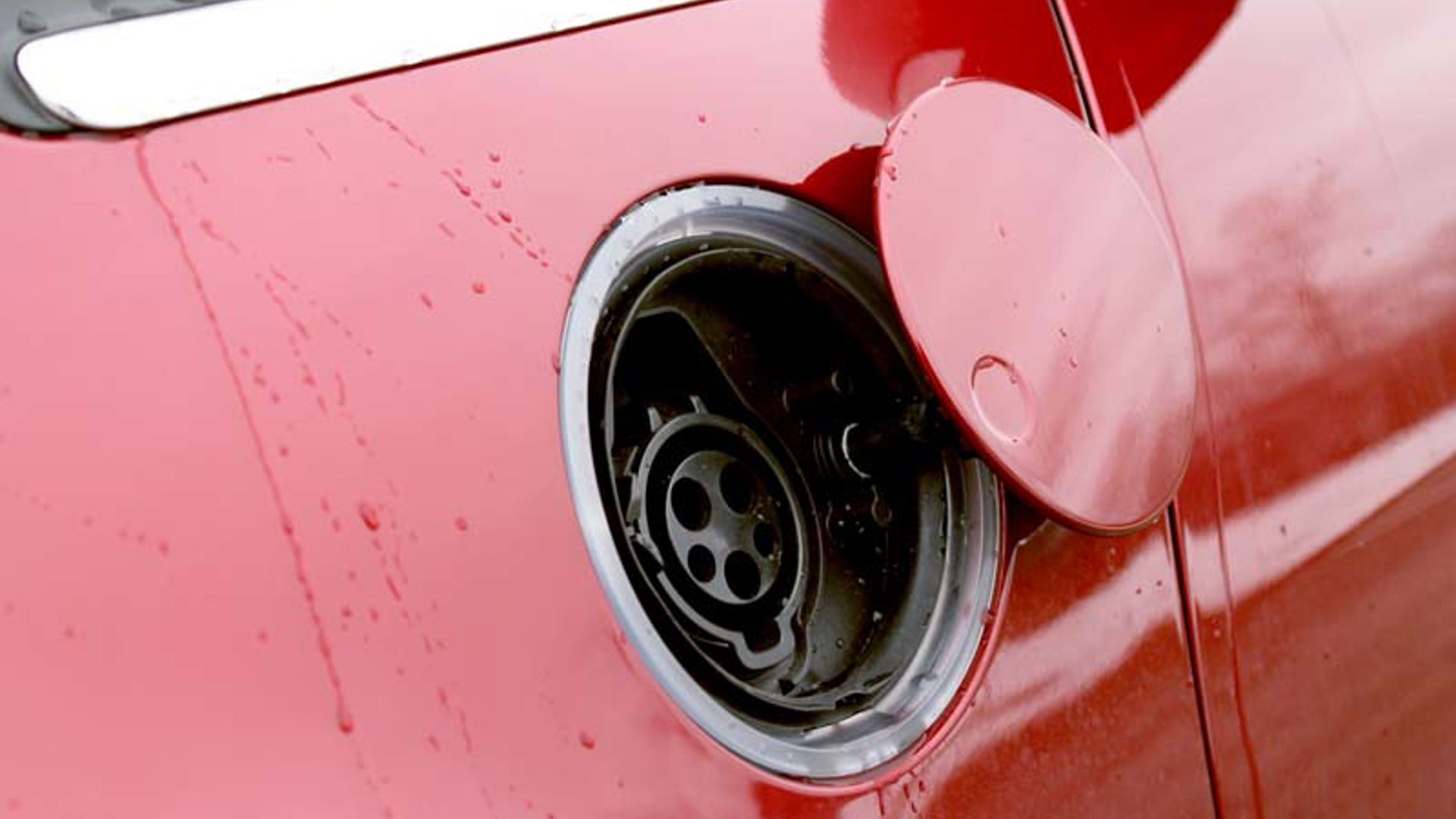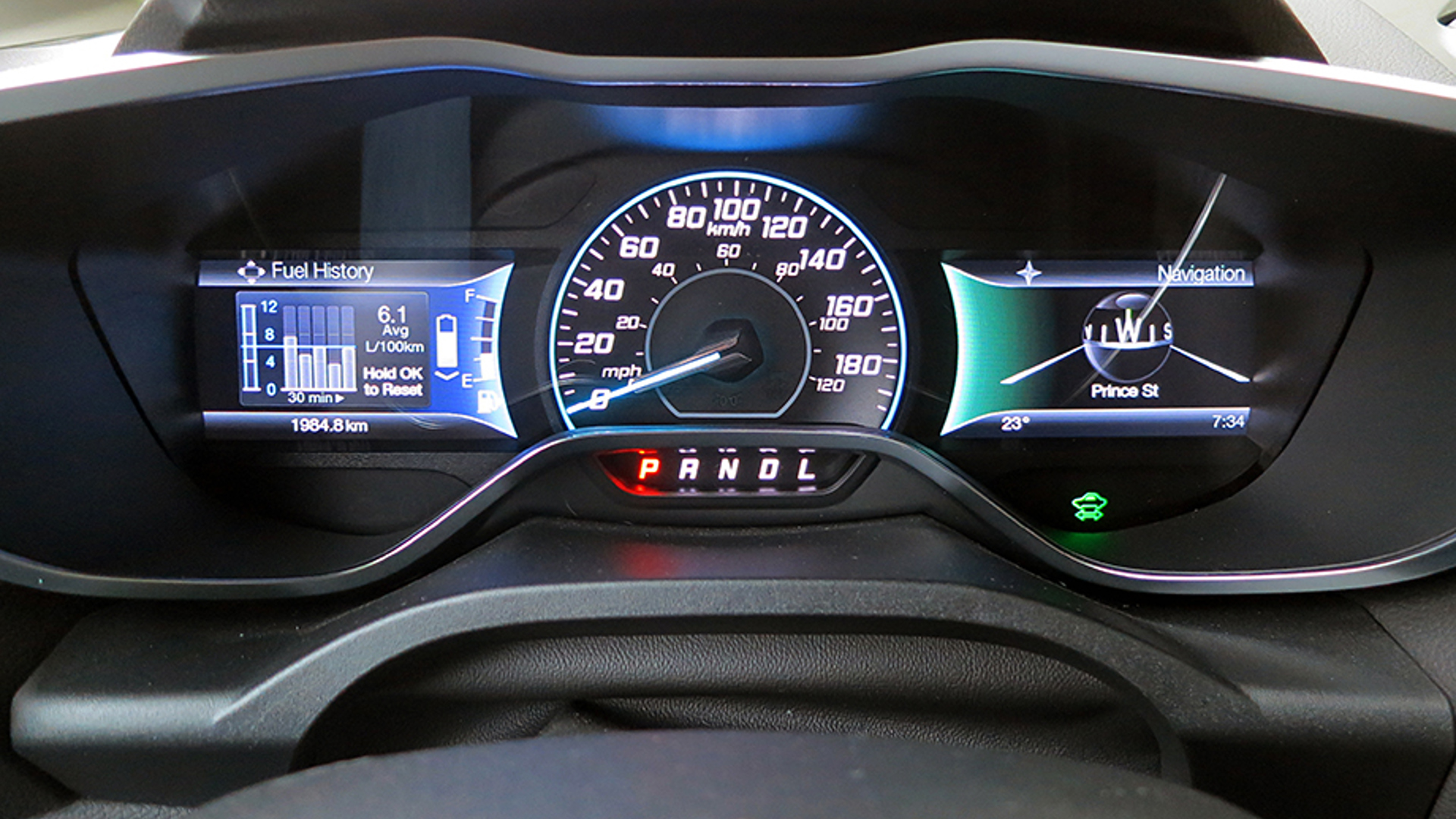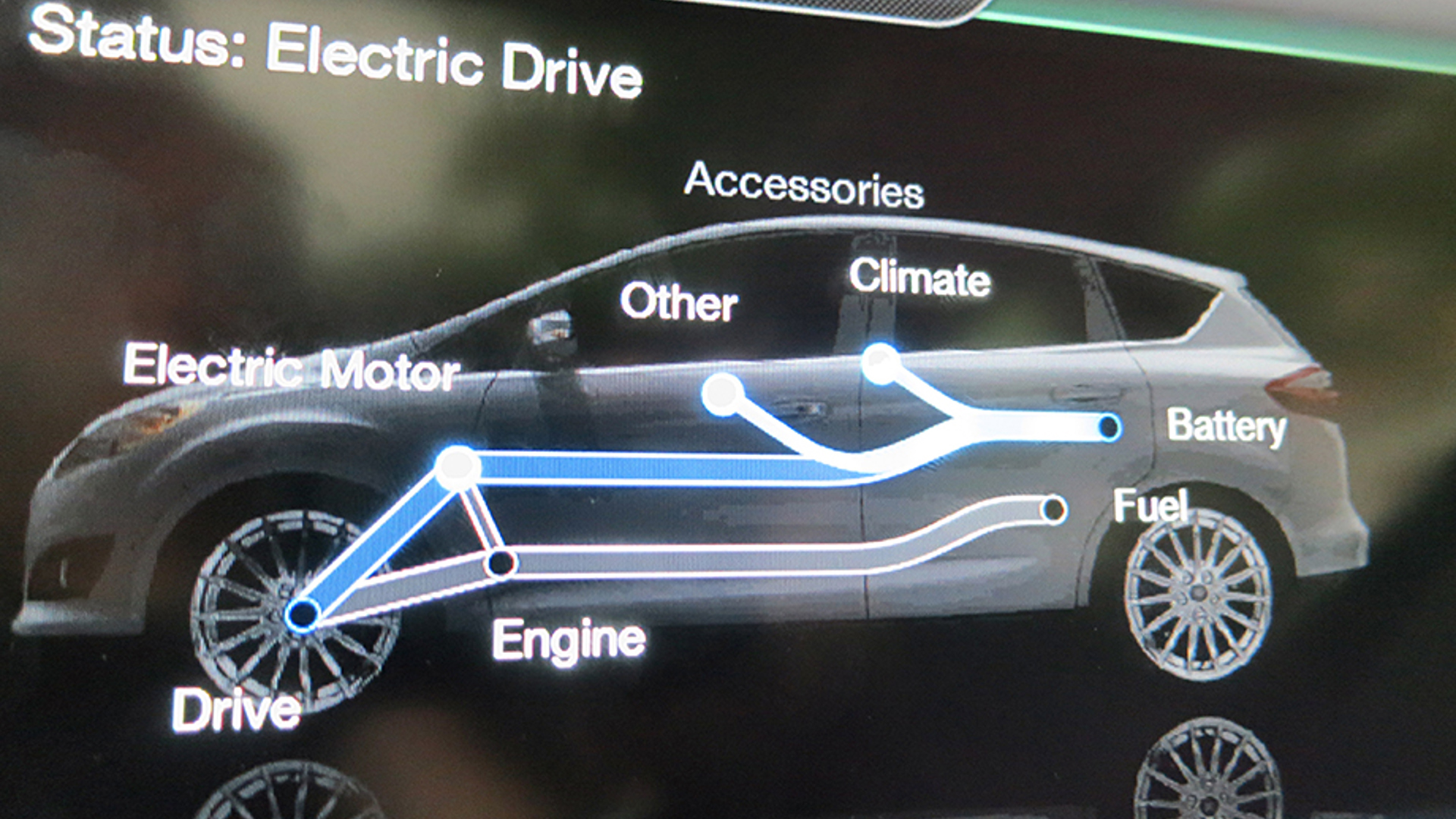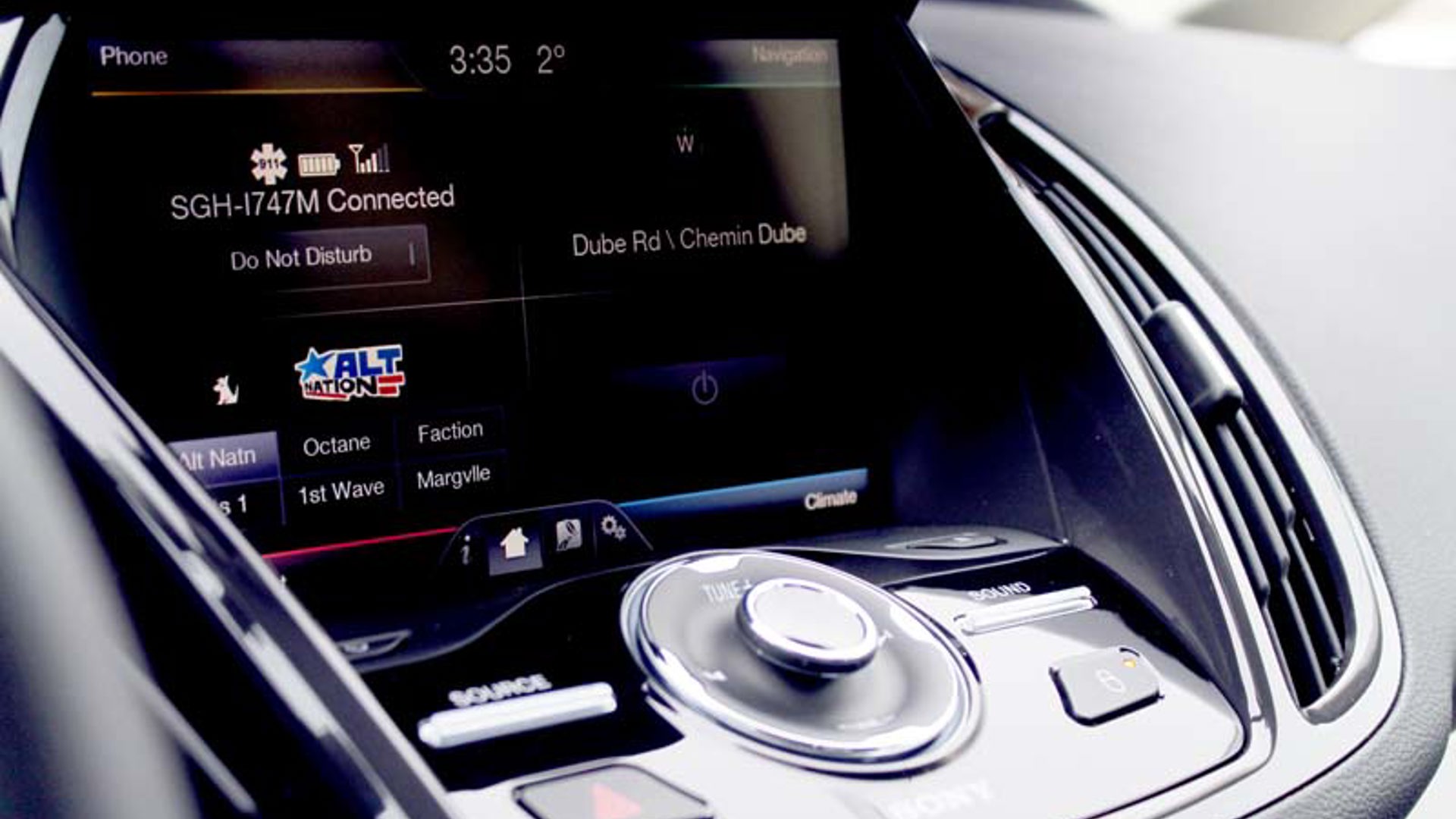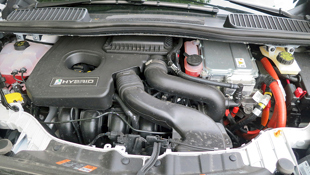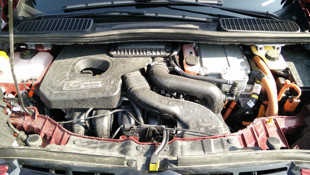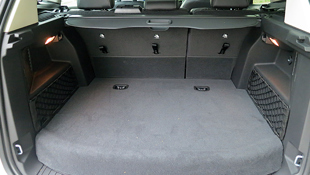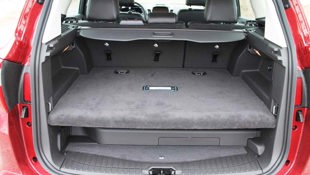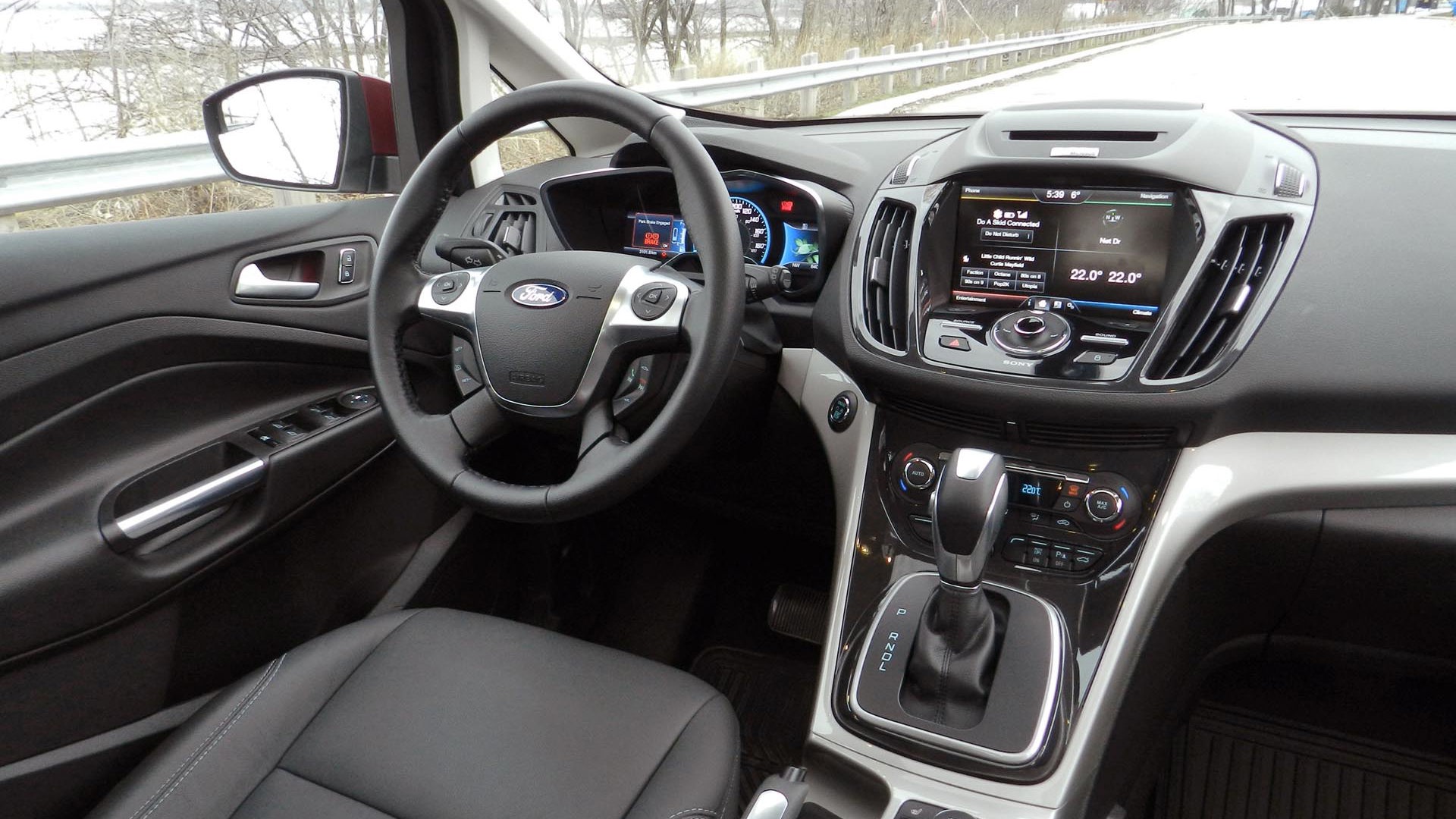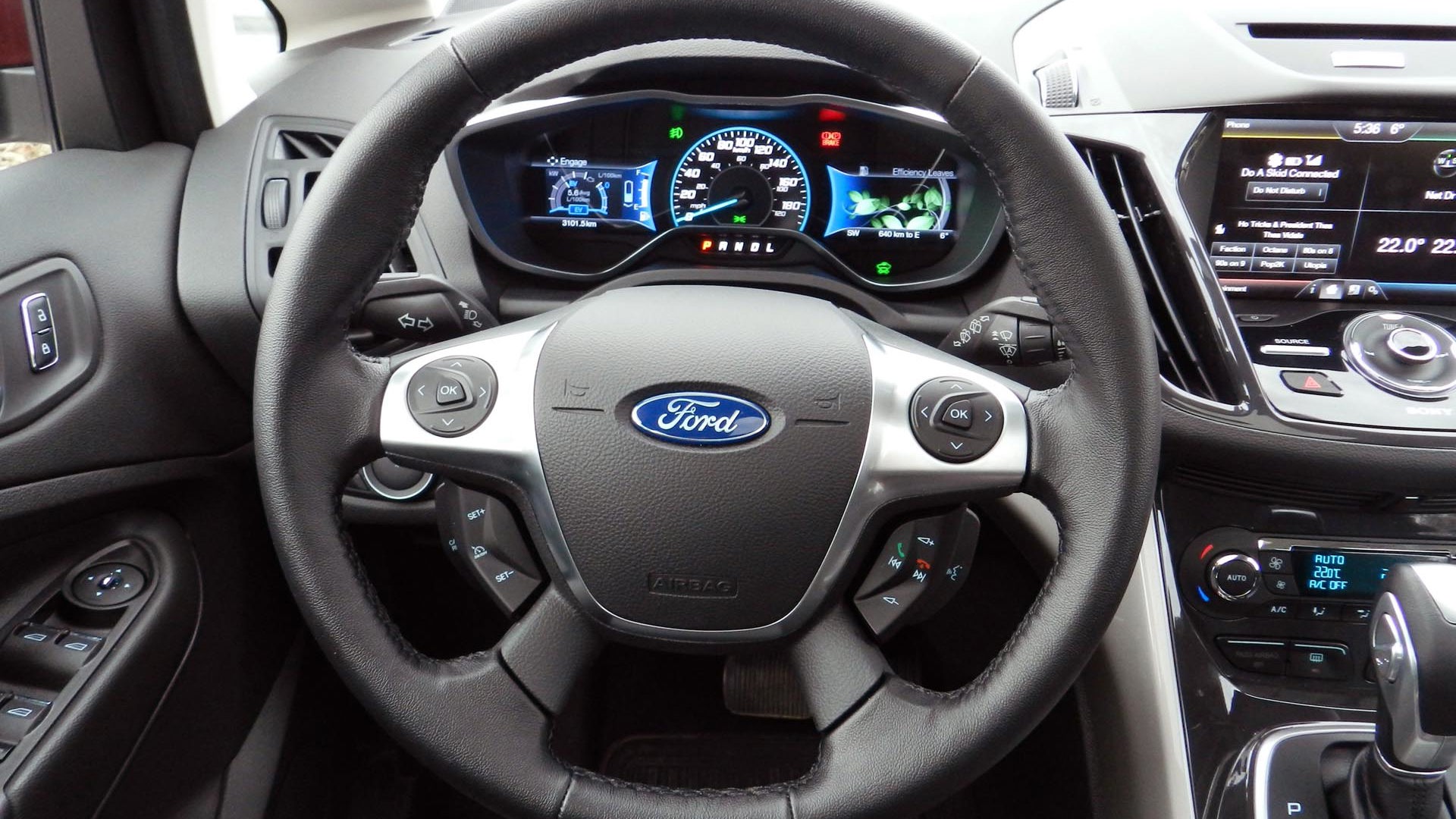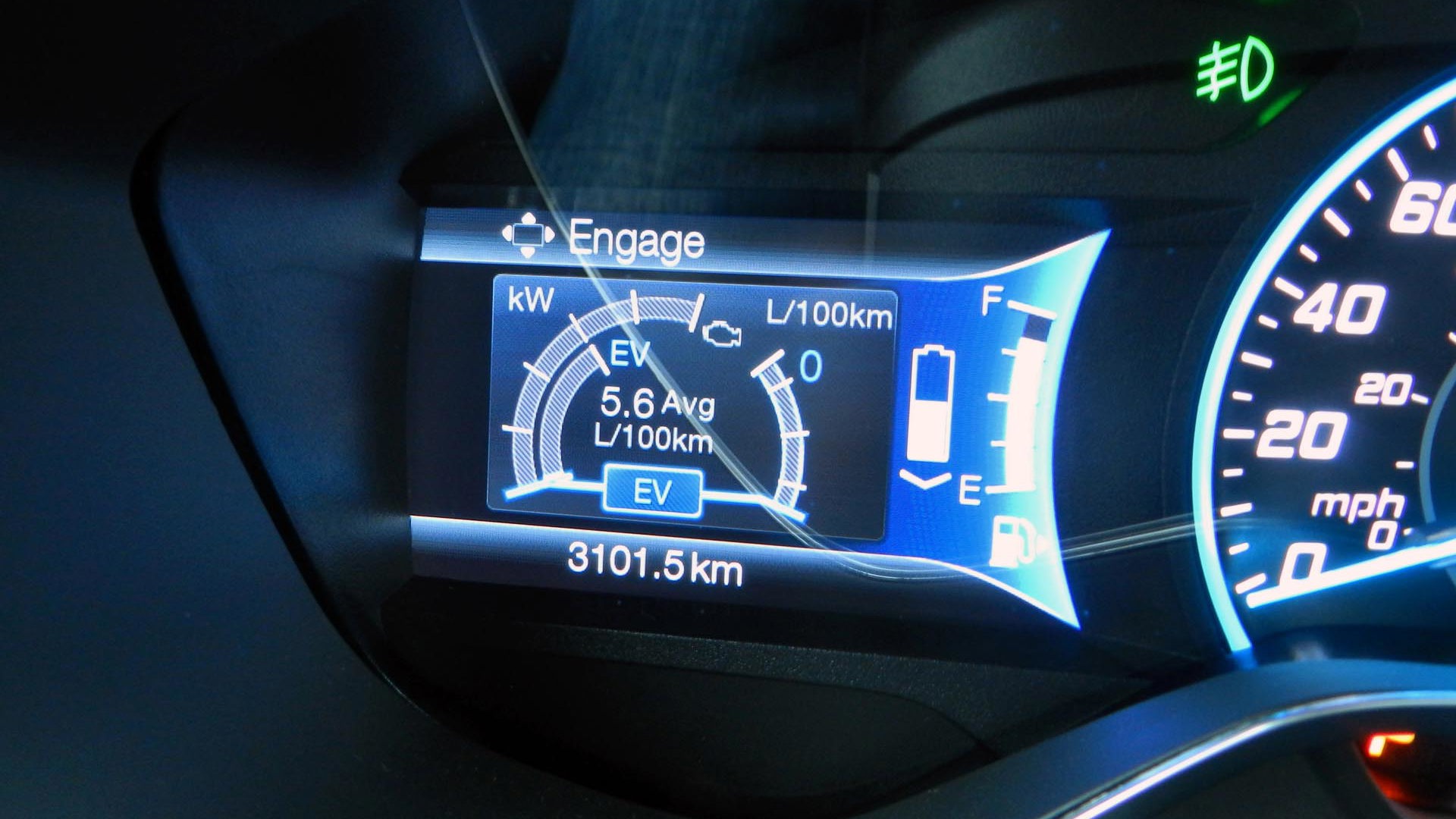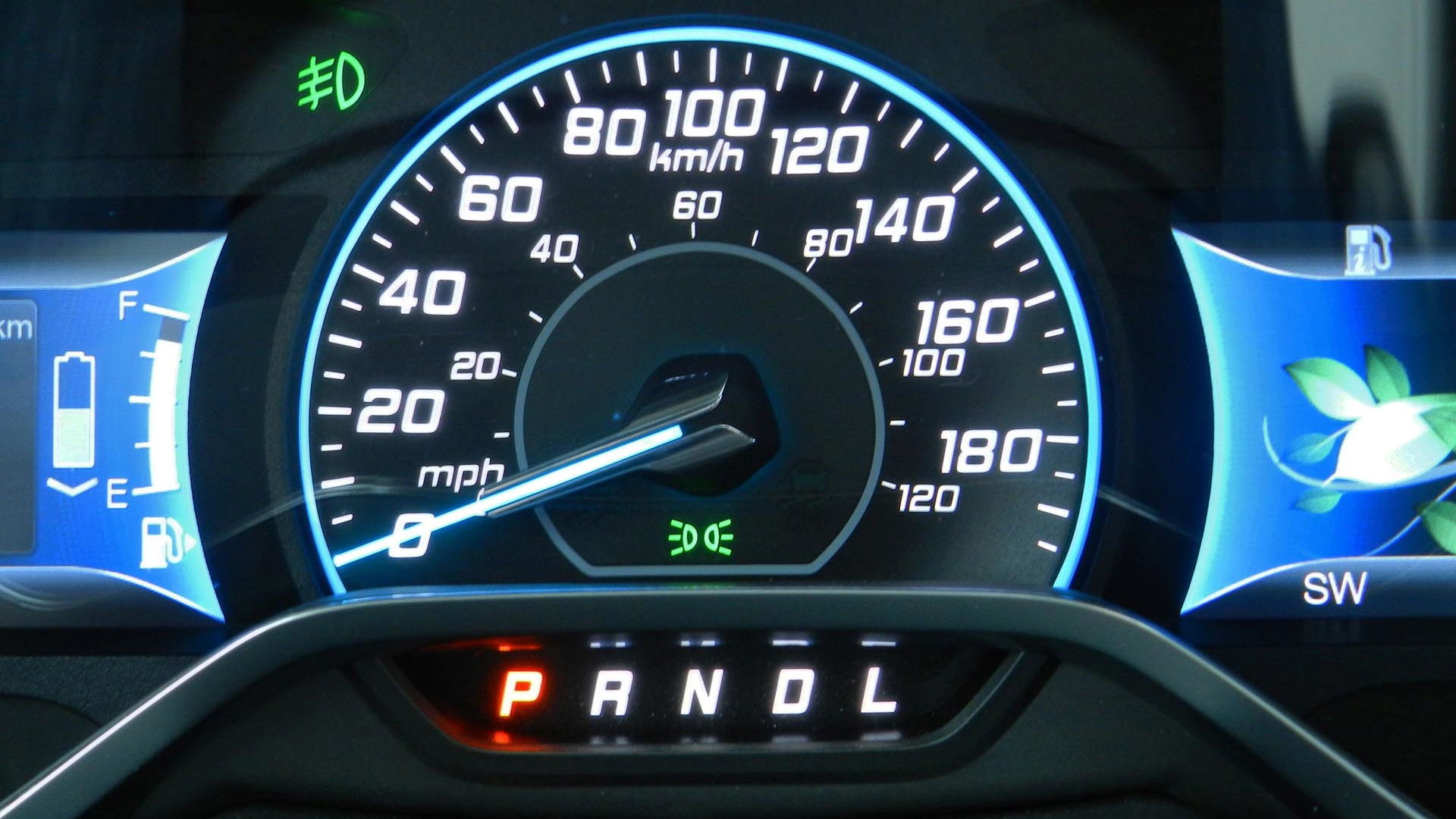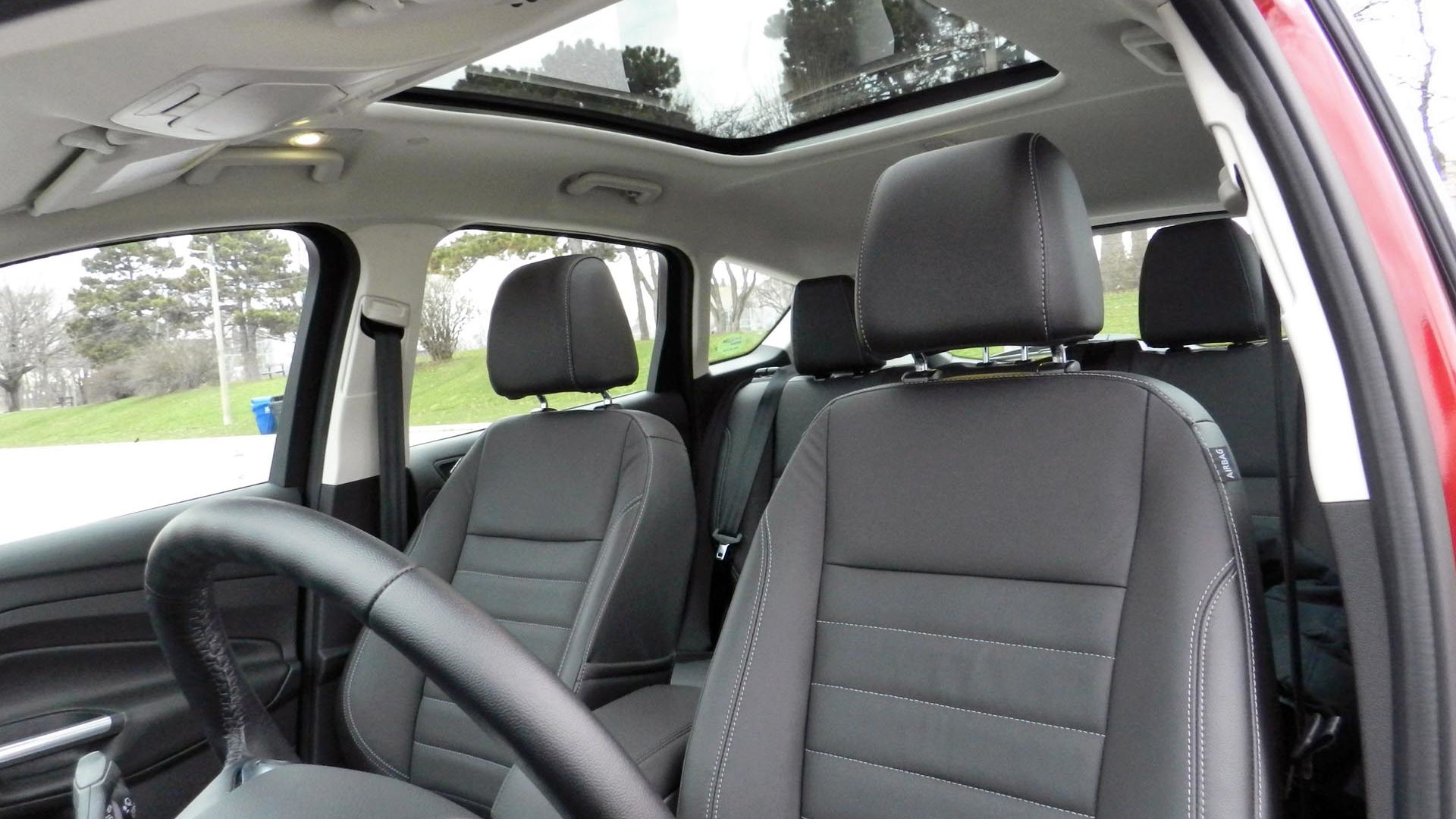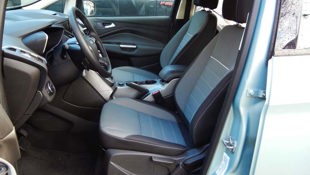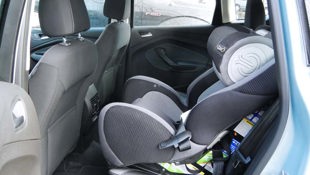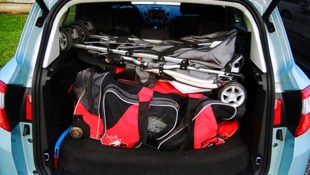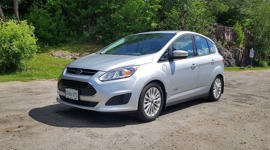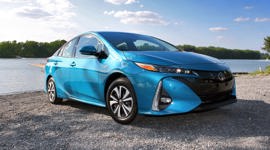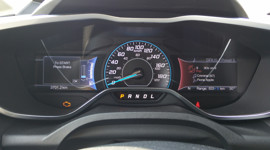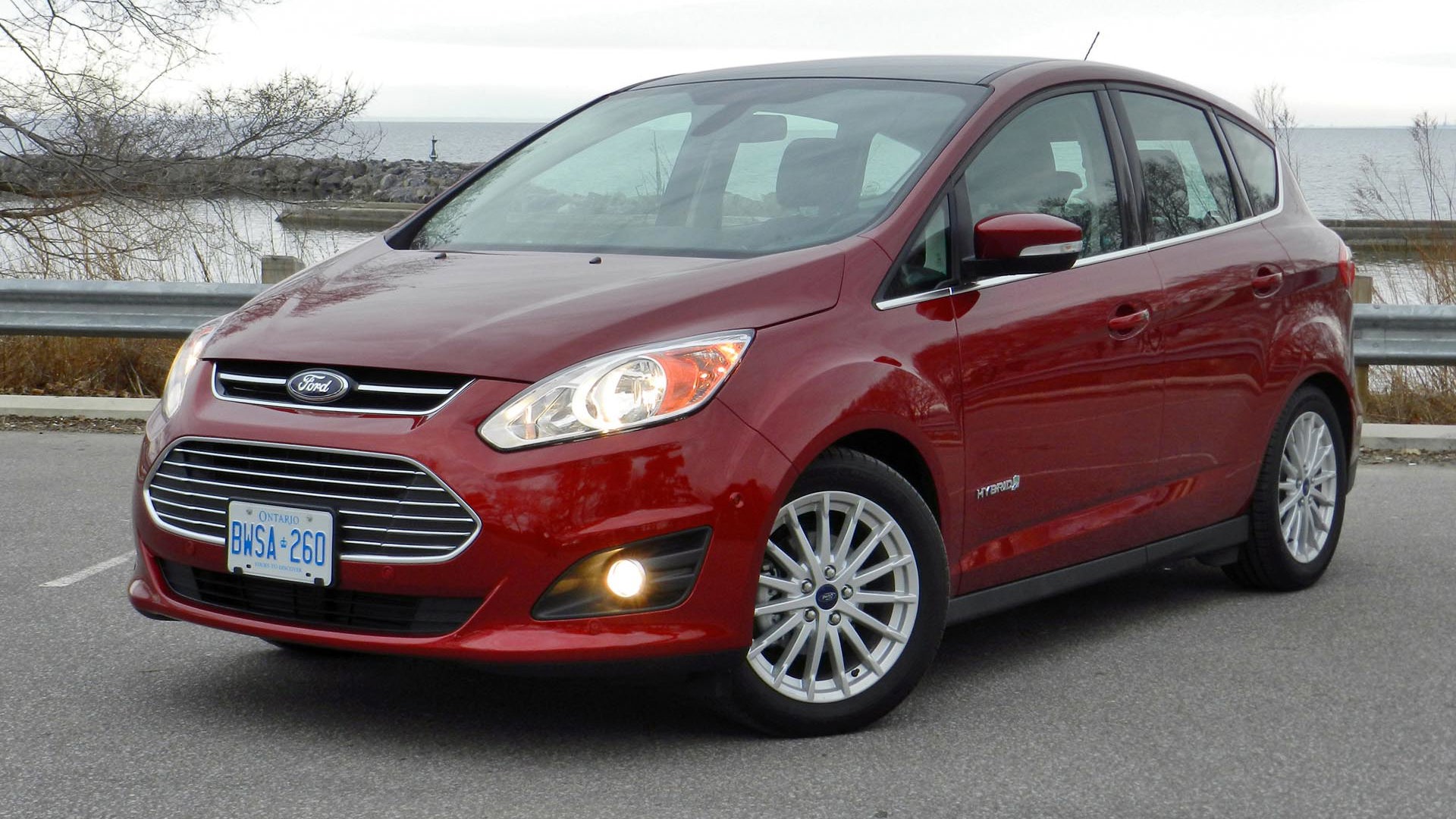Vehicle Type
Compact hybrid crossover
History/Description
Ford launched the C-Max in 2012 as one of the most affordable hybrid utility vehicles available to North American shoppers. This compact crossover/minivan ran hybrid or plug-in hybrid powertrains, all units were front-wheel drive, and sizing was in the same ballpark as a Mazda5, Mercedes-Benz B-Class or Toyota Prius V.
With five seats, plenty of headroom, and a flexible cabin, the C-Max Hybrid, and the plug-in C-Max Energi variant aimed to deliver thrifty operation and flexible space. Look for a big Sony stereo, navigation, keyless start, back-up assist, heated leather, and Ford Sync on the options list.
Plug-in models can be pre-heated via grid power before a drive, by setting an on-board departure timer via the central interface, or via an app on the driver’s smartphone. On a full charge (about seven hours on a 120-volt charger, faster on a quick-charge station), the plug-in C-Max Energi is capable of around 40 kilometres of all-electric driving. Once that range is depleted, it operates like a standard hybrid. Standard C-Max hybrid models cannot be plugged in for recharging.
Note that with either C-Max variant, overall fuel efficiency will tend to be best in city driving. My test notes revealed real-life fuel mileage slightly better than something like a Jetta Wagon TDI or Hyundai Sonata Hybrid, when the C-Max was operated primarily on the highway, as it was on my watch.
Conversely, C-Max Energi drivers who can run most around-town errands in less than 40 kilometres before recharging would use virtually no fuel. In certain locales, some owners report only having to fill the fuel tank of the plug-in C-Max Energi every six to eight weeks.
Engines
All C-Max units were powered by a 2.0-litre four-cylinder engine teamed up with an on-board lithium-ion hybrid battery and motor system. Power was sent to the front wheels by Ford’s eCVT transmission, dubbed “Power-Split”.
What Owners Like
Owners tend to appreciate the C-Max’s compact, fun-to-drive factor, great fuel mileage, virtually seamless hybrid driveline, and upscale or high-tech features. Though the cargo hold loses some space to the hybrid battery, overall flexibility and versatility are highly rated. Many owners report great in-town fuel mileage without even trying.
What Owners Dislike
Some owners wish for more upscale styling, a richer and more luxurious interior design, and a smaller turning circle.
Ford C-Max owner reviews here.
Ford C-Max Energy (plug-in) owner reviews here.
The Test Drive
Relatively low sales volumes mean credible reliability information is limited from the owner’s community. Below, we’ll look at some useful generic pre-purchase tips for buying a used hybrid or partially electric vehicle, and a few C-Max-specific checks as well.
Do not buy a used C-Max until it’s been in to a Ford service centre for a full going-over by a hybrid-trained technician for a pre-purchase inspection. This takes about an hour, usually costs around $100, and may be best arranged in advance with the servicing dealer. The seller may let you bring the vehicle to the dealer, or meet you there for the inspection. This is the most important step for peace of mind in the purchase process, and buying a used hybrid vehicle (of any sort) without a pre-purchase inspection is not advised.
During inspection, ask the service counter to check the vehicle for any outstanding software updates or recalls. Software updates can correct issues with vehicle systems, improve mileage and battery durability, preventing headaches and more. Conversely, recalls are meant to deal with potential safety problems, and should be completed as soon as possible. The dealer should be able to determine which, if any, recalls and software updates are outstanding. Running a vehicle like this one with all software and recalls up to date is a great step towards long-term peace of mind.
Have the technician scan the C-Max’s computer systems for signs of detected trouble with the engine or hybrid drive system. Even if the seller isn’t aware of a problem, a full computer systems scan can reveal potentially pricey problems in quick order.
Read this twice: a check of the C-Max’s “standard” 12-volt battery should also be completed, as low voltage from an aging battery can cause numerous issues – including those related to the hybrid drive system. Here’s some more reading about dead 12-volt batteries, which are not uncommon. A dealer-performed software update or Technical Service Bulletin may be helpful. Here’s some more information. Finally, here’s an owner forum post about some potential problems caused by weak 12-volt batteries, including sporadic alarm system activation, and stability control system issues.
The gist? A thumbs-up from a dealer technician on all recall work, software updates, and the C-Max’s charging system and battery are a great starting point for purchase peace of mind.
On your test drive, listen for a loud and intrusive squeaking sound from the rear cargo area, which will be easier to detect with the climate control system and stereo turned off. The cause, if this sound is detected, may be a bad weld on a shield installed near the hybrid battery in the rear of the vehicle.
Have the vehicle you’re considering inspected for the condition of all suspension and front-end parts, as several owners have reported disappointing durability from wearable components, including bushings, stabilizer links, and ball-joints. Many factors affect the longevity of these parts, and an inspection can help ensure you’re not about to buy someone else’s repair bill.
Give the vehicle a full run-through of all advanced infotainment features, as well as the navigation system and Ford Sync system, as equipped. Confirm all software updates are current, which can help fend off potentially frustrating issues with these systems. Here’s a discussion where the vast majority of respondents report few if any issues, outside of potentially fussy central command and navigation systems.
Three additional notes.
First, be sure the unit you’re considering has had all fluid changes and servicing carried out by a Ford dealer. Use of non-factory fluids (coolant, oil, etc.) can cause problems, so you’ll want to be sure that the C-Max you’re considering has only ever been serviced by a Ford dealer, using factory-prescribed fluids and nothing else. Seek out service records to this effect, comparing them to the maintenance schedule in the owner’s manual.
Second, though C-Max is a hybrid, don’t forget that it has tires, brakes, a steering system, alignment requirements and many other parts and sub-systems like any other vehicle. These should be inspected, and confirmed to have been properly maintained by past owners, as well.
Third, if you’re considering a C-Max Energi plug-in model, carefully inspect the charging cord provisions for signs of damage or wear. If you note any, call it into pricing negotiations. A damaged or worn-out charger, or associated cables, can be a safety hazard and in either case the charge cord unit should be replaced.
The Verdict
By and large, owner-reported problems with the C-Max are fairly minor in nature, and the majority reported tend to stem from a weak 12-volt battery or a fussy central command system. With a clean bill of health on these two systems, as well as a satisfactory check of the suspension and service records, a used C-Max looks like a confident buy in a flexible used hybrid.
Here’s a considerable list of recalls.
Crash Test Ratings
IIHS: Top Safety Pick (2015)
NHTSA: 4/5 Stars (2017)
